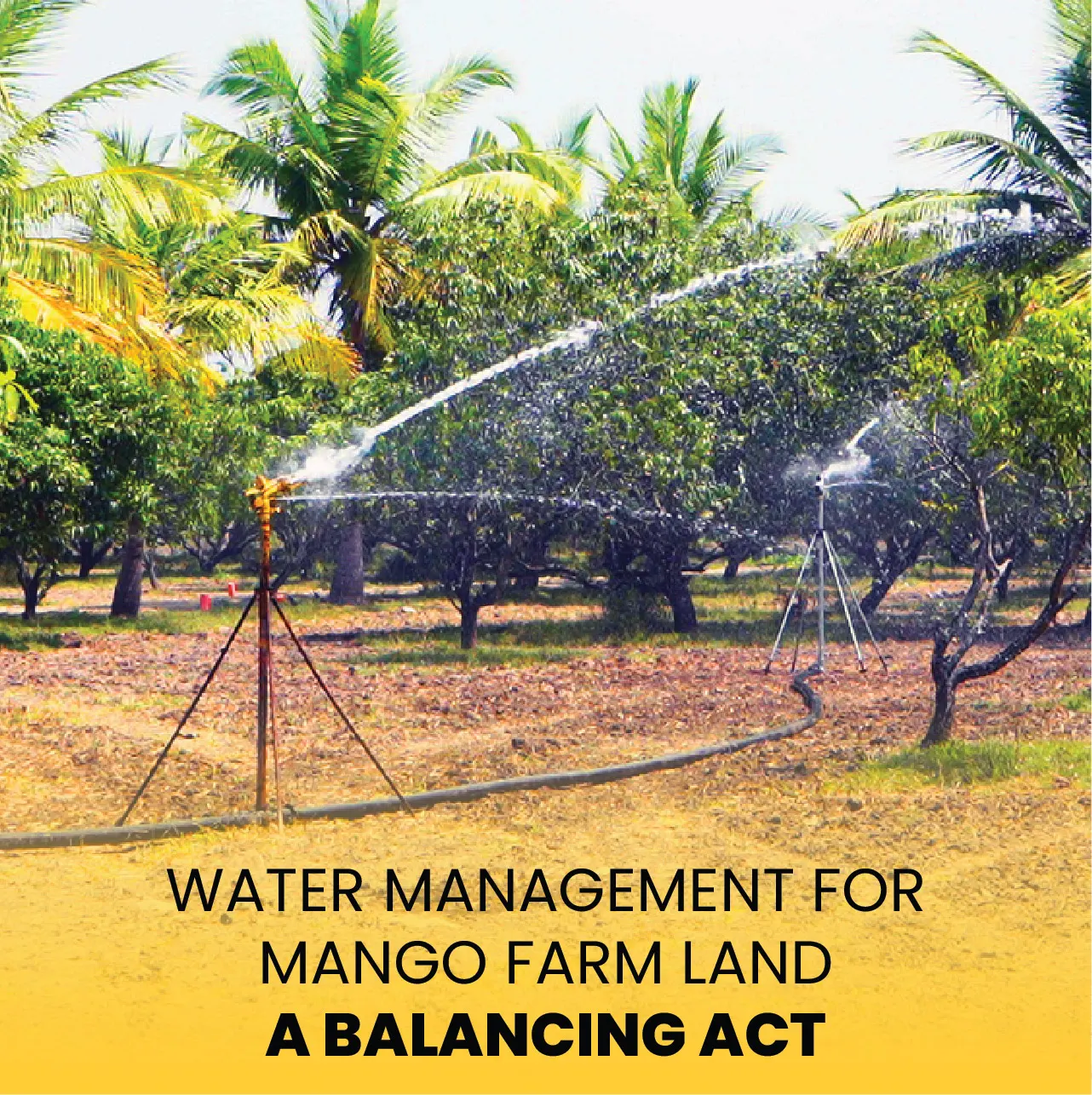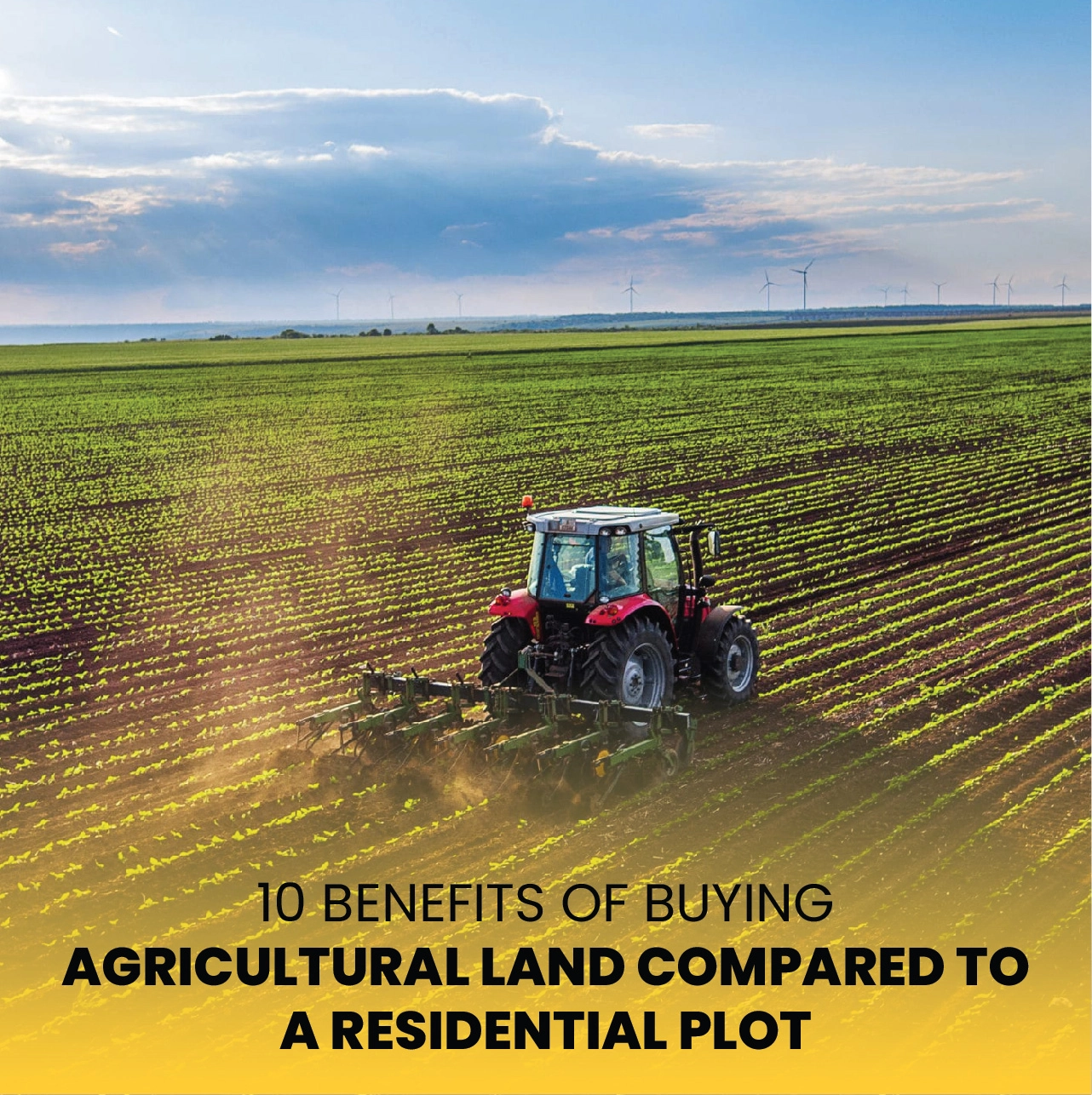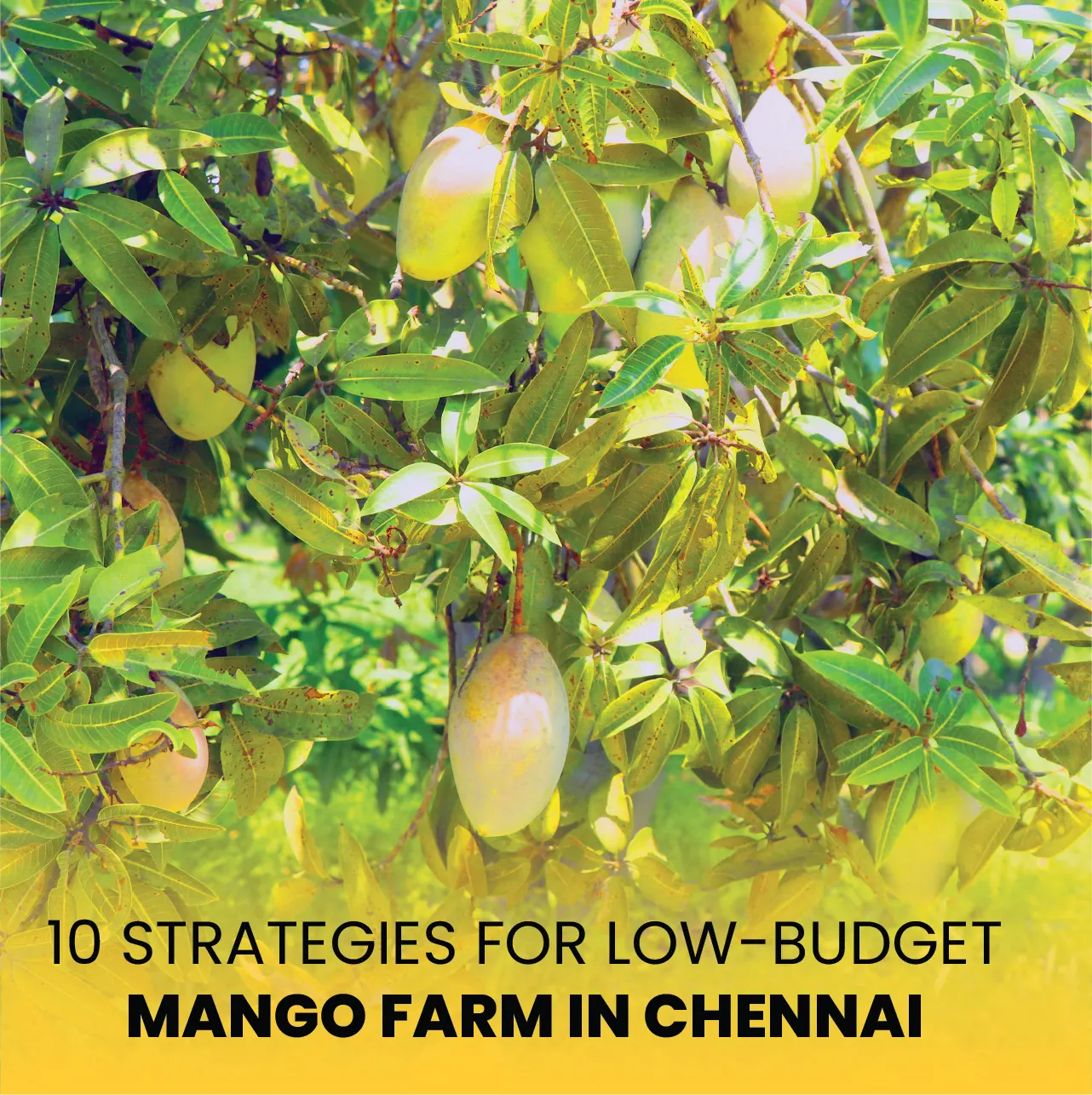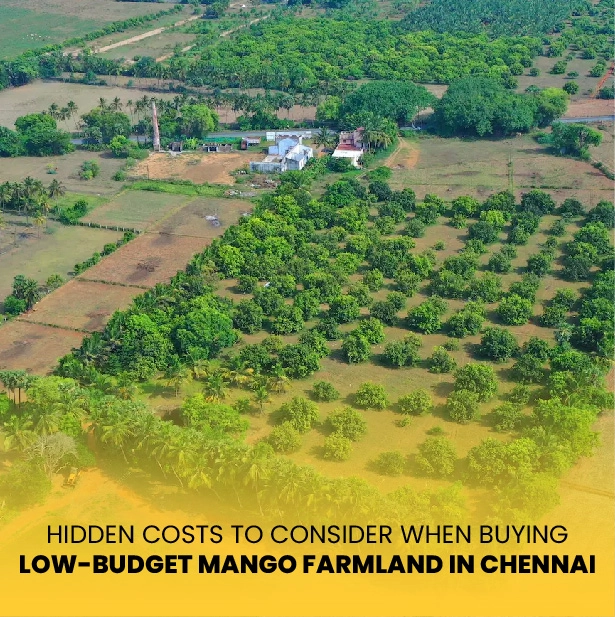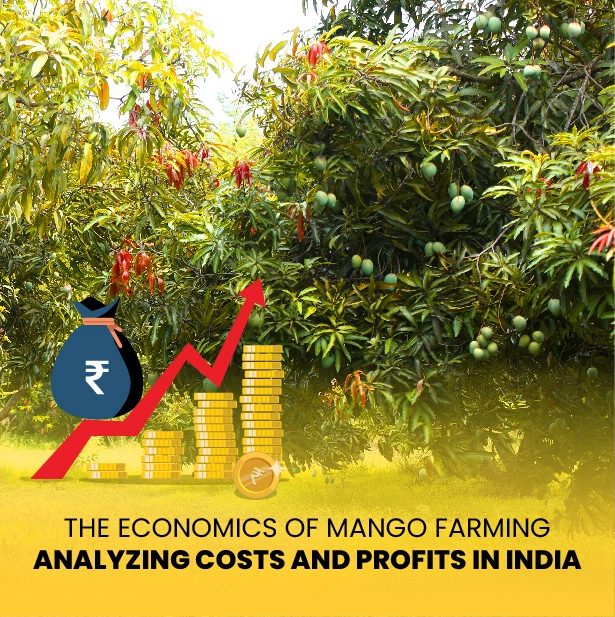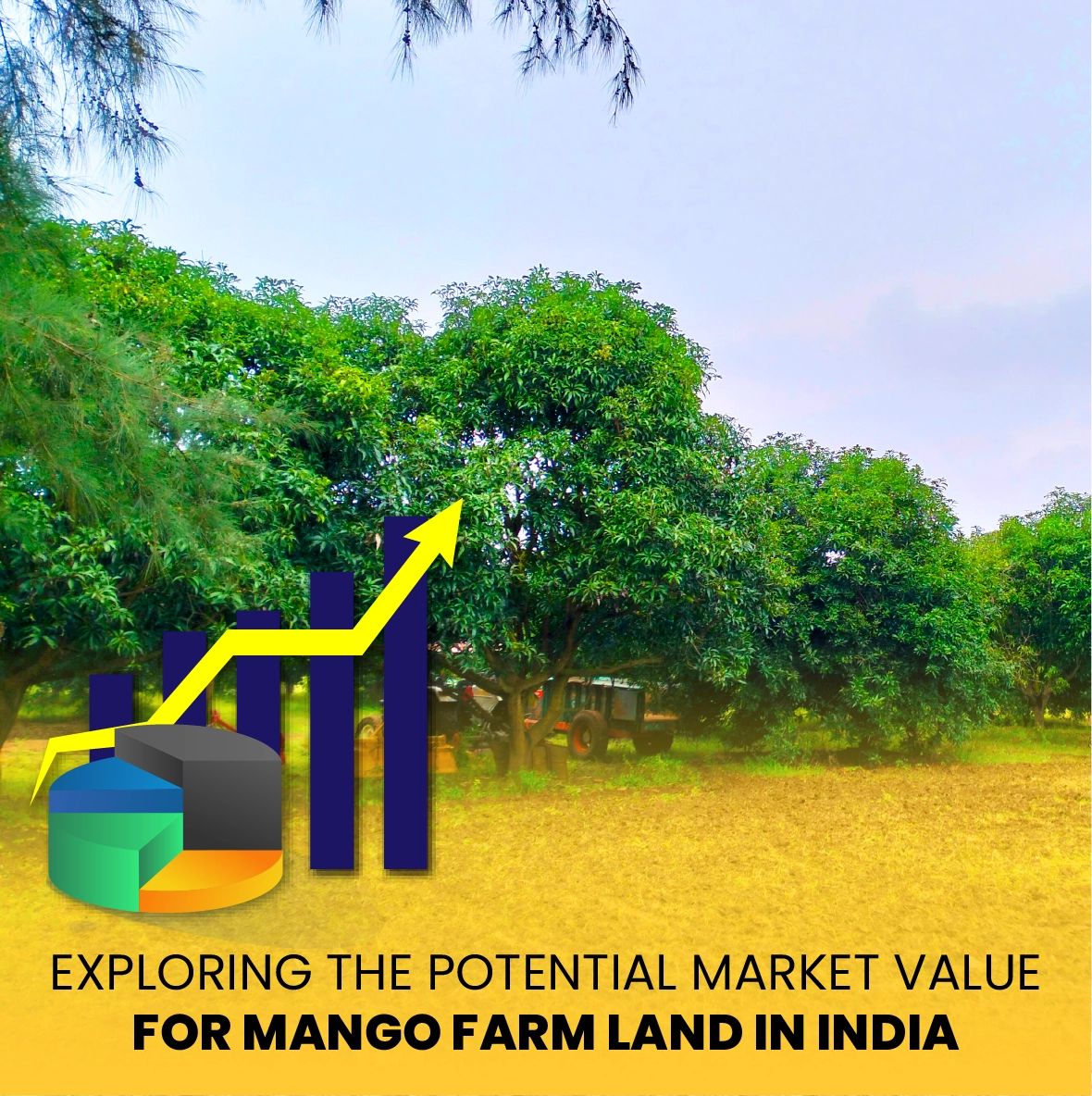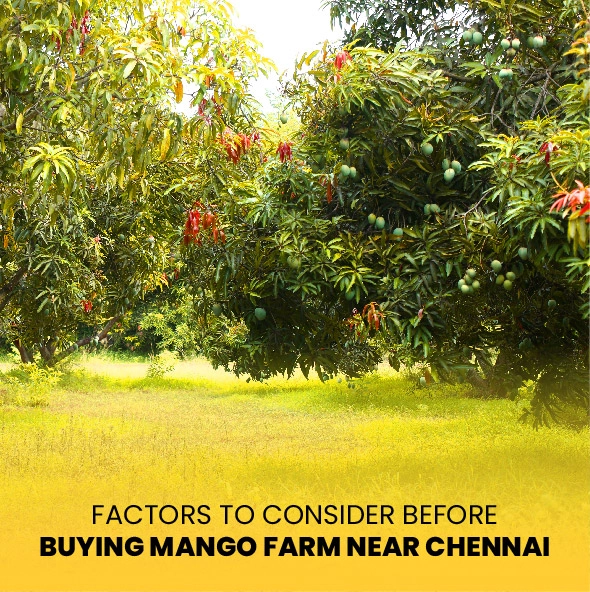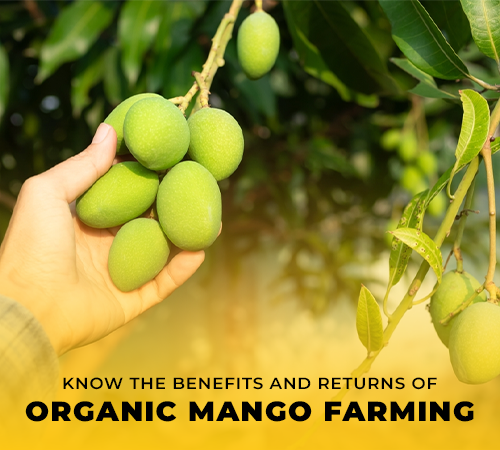Scientists and agricultural experts are looking for creative ideas to increase crop yields and guarantee food supplies as the world deals with climate change and rising demand for food resulting from population increases. Among these new approaches is a development in agricultural technology that would surprise many electric fields.
Using electrical currents applied to the ground, this amazing method is First research indicates that this approach can greatly boost general crop health, increase nutrient absorption, and accelerate plant development. Scientists are creating new avenues for more sustainable, efficient farming that might help ensure the future of world food output by including electricity into farming operations.
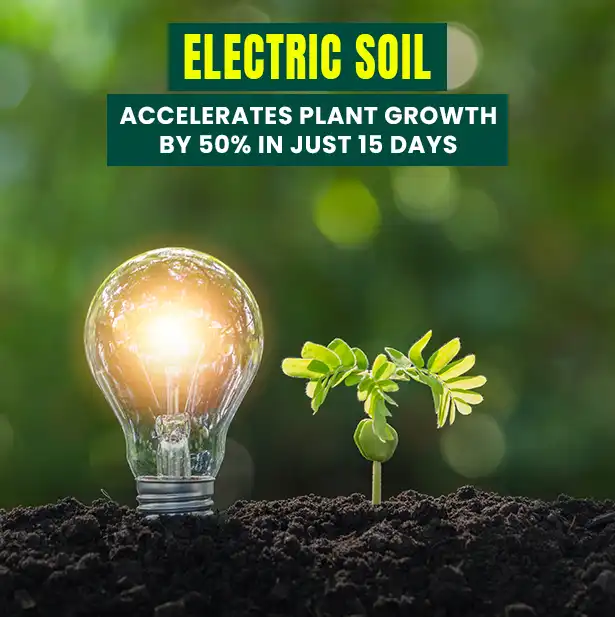
Associate professor Dr. Eleni Stavrinidou of Linköping University in Sweden is spearheading this innovative research. Applying electric jolts to soil where barley seedlings were grown produced amazing findings, according to research by her team. These seedlings grew 50% more than those in normal soil in just 15 days. This amazing revelation creates fresh opportunities for the use of electricity in agriculture to address issues of world food security.
In view of population increase and climate change, Dr. Stavrinidou underlined the immediate need for changing farming practices. "Can we meet the increasing food demands of the planet with traditional farming methods?" she asks critically. Her response resides in integrated electrified soil and modern farming techniques like urban hydroponics.
Understanding hydroponics, a cultivation method free from soil, is crucial before we delve further into the electric soil phenomenon. Plants in hydroponics systems thrive in nutrient-dense water under support from substrates like coconut coir or clay pellets. Urban environments where space is constrained and resources like water have to be carefully controlled, especially for hydroponics.
The efficiency of hydroponics appeals greatly. These systems may recycle the water since they consume far less than conventional farming techniques. For cities and areas with little arable land, this type of farming is a sustainable answer.
Let us now go back to the highpoint of eSoil research. eSoil is mostly composed of a conductive polymer called PEDOT in addition to cellulose, the natural substance found in plant cell walls. This mixture creates modest electrical currents when coupled with a low-power electrical source that increase root stimulation and hasten plant development.
Among various substrates, such as mineral wool used in hydroponics, eSoil distinguishes itself by environmental friendliness. Due in great part to its electrical conductivity, it is biodegradable, uses less energy during manufacturing, and most importantly, promotes plant growth.
The findings of Dr. Stavrinidou were literally astounding. Just 15 days saw the barley seedlings in eSoil grow 50% more than their non-electrified counterparts. Although the precise biological processes are yet unknown, preliminary results imply that electrical stimulation enhances plant nitrogen processing. More study is still required, though, to completely grasp how power shapes plant growth.
Stavrinidou notes that although eSoil has great potential, it won't totally address world food security problems. Still, it might be a useful tool, particularly in areas with limited resources or in regulated situations like urban hydroponics farms.
Food security has grown in urgency as the world's population keeps growing. While water shortages and soil degradation further endanger food output, climate change disturbs weather patterns and lowers crop yields. This starts a risky cycle whereby rising food costs raise the possibility of hunger and malnutrition in underdeveloped areas.
The answer is in environmentally friendly farming methods. Water conservation methods, organic farming, and crop rotation help to improve soil quality and lower farming's environmental effect. Together with creative ideas like hydroponics and electric soil, we really have a chance to address food security issues squarely.
Imagine a time when vertical farms housed in tall buildings in busy cities generated year-round fresh food. Alternatively, picture hydroponics in arid desert environments, effectively producing crops using little water. Under these conditions, electric soil could be very important in raising output from fewer resources.
Looking even farther forward, eSoil could be rather helpful for long-term space missions where survival depends on effective food production. As Dr. Stavrinidou pointed out, this study marks simply the start. Electric soil still has unrealized full potential; hence, future studies could find even more fascinating opportunities for sustainable agriculture.
In agricultural research, the idea of electric soil marks a daring fresh front. The future of farming appears to be quite bright as scientists like Eleni Stavrinidou keep discovering the possibilities of these technologies. From hydroponics systems flourishing in arid conditions to vertical farms housed in metropolitan skyscrapers, the opportunities are almost unlimited.
Perhaps the shock current agriculture requires to meet the demands of the twenty-first century is electric soil. eSoil is poised to transform the way we produce food by accelerating plant development, lowering resource use, and supporting sustainable farming methods. Perhaps a time when strong plants flourish with little resources and fresh food is available right in busy cities. And it all begins with a shock of electric dirt.



